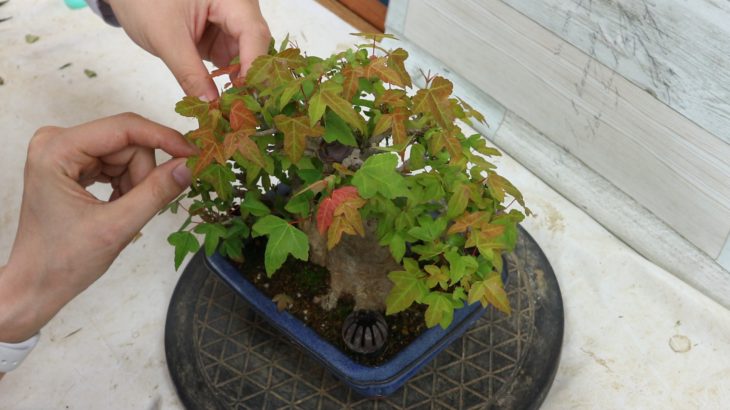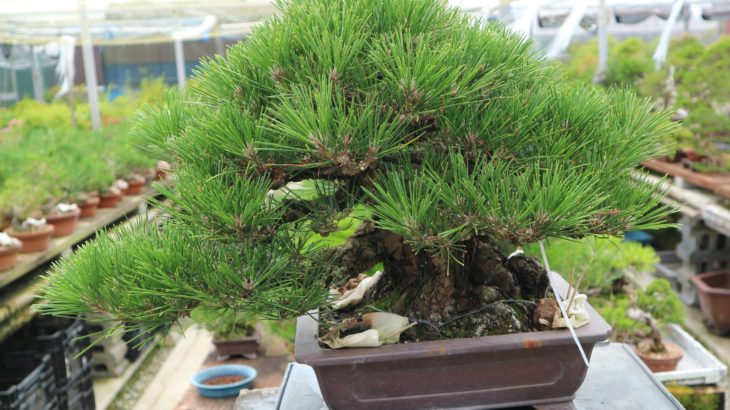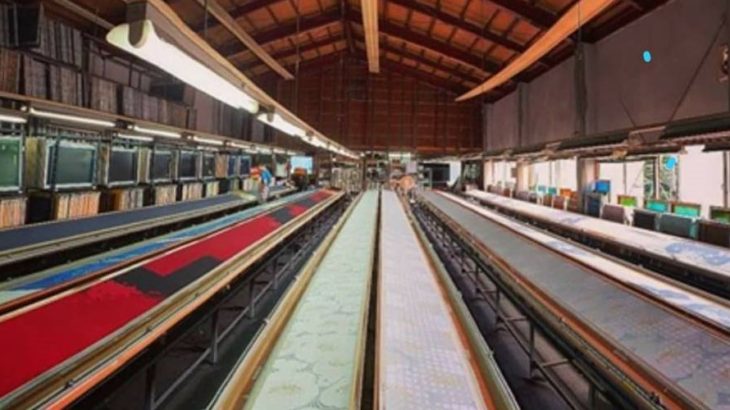Hello, this is Shinji from “Warashibe-choja.jp”. This time I would like to continue talking about bonsai care. We have summarized what you have learned about “Mizu-yari”, “Uekae”, “Sentei”, “Ha-sukashi”, and “Harigane-kake”. This time, I would like you to watch the pruning scenery of Miki, the third generation female bonsai master of Shoka-en, and Yuko, a walking instructor. Mizuyari ( = Watering ) Watering methods differ depending on the season and each plant, so it is one way to ask the bonsai garden. There are two famous monthly magazines for bonsai in Japan. It seems that there are trends in the Kansai region and the Kanto region respectively, but we recommend “Bonsai-Sekai” and “Kindai-Bonsai”. Please read that as well if you like. spring & autumn Once the soil is dry, water it evenly once a day. It’s okay if water comes out from the bottom of the pot. summer Please raise the water 2-3 times a day, and give plenty of water in the morning and evening. Be careful not to run out of water in the summer. In bonsai gardens, water may be given four times at times. winter Once a day if the soil is dry, once every two […]
Hello, this is Shinji from “Warashibe-choja.jp”. Today I would like to talk about bonsai in Japanese culture. The other day, I went to “Shoka-en” in Ikeda City, Osaka Prefecture. I heard that bonsai, like kimono, is declining due to the shortage of successors, and exchanged opinions asking, “Can we coexist with each other?” For those who say, “I want to try it, but I don’t know what to do,” I would like to briefly introduce what I have learned. Bonsai history The origin of bonsai is said to be China, and it is said that at least 2500 years ago it was customary to plant and grow trees in pots. In the history of Japan, you can see bonsai paintings in picture scrolls made after the Kamakura period 700 years ago. From the Kamakura period to the Muromachi period and the Edo period, bonsai is often drawn on folding screens. Bonsai was originally a sculpture that expresses nature centered on stones, which was popular among shoguns and monks during the Muromachi period. There is a record of growing bonsai in a garden on the premises of a daimyo mansion in the Edo period. In the first half of the Edo […]
Nice to meet you, I’m Shinji aka Warashibe Chojya (Straw Millionaire). I am passionate about Japanese culture and traditions. I find great value in them and would like to pass these traditions to the world. I have worked feverishly for the last 20 years here in Japan to teach these traditions and customs. Through kimono sales, manufacturing/wholesale business, tailoring, dressing class management, tea ceremony classes, flower arrangement classes, and Japanese food/table manners classes. I have met and helped many people. With the Corona Virus outbreak the 2020 Tokyo Olympics have been cancelled. And with that, a lot of tourism has decreased for Japan. So I’m looking for new avenues to help spread Japanese culture, traditions, and past times. I’m looking to collaborate with skilled craftsman from Swordsmithing to Kimono crafters, and any Japanese cultural/traditional experts and spread that throughout the world! I believe the entire world could benefit with a little more culture, am I right? Warashibe-Chojya (Straw Millionaire) It is a fairy tale as a story of repeatedly bartering straw, which is famous overseas, and finally exchanging horses for mansions and becoming a millionaire. In Japan, the original story is set in “Konjaku Monogatari Shu” (around 1120-1149), but the […]


